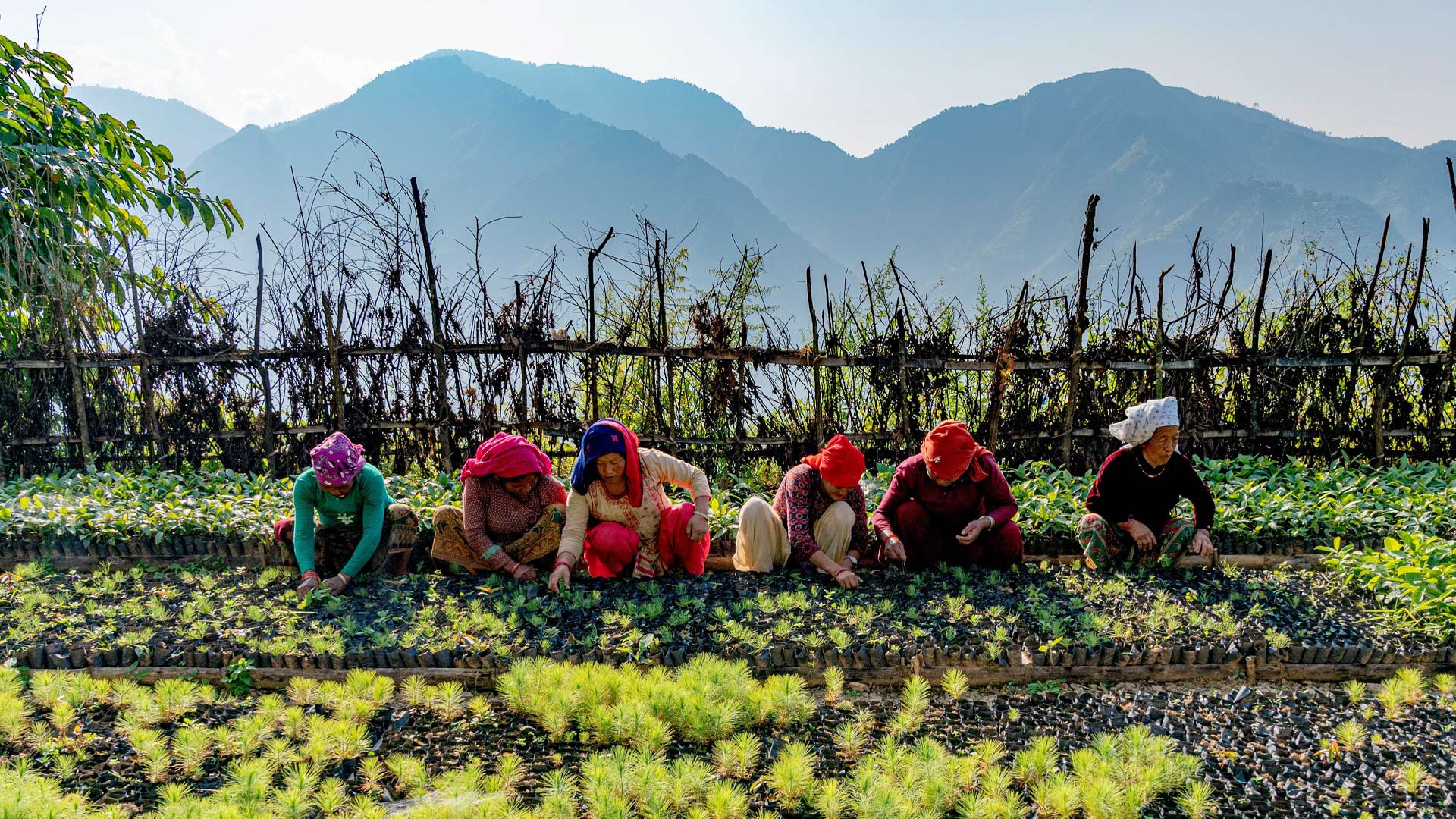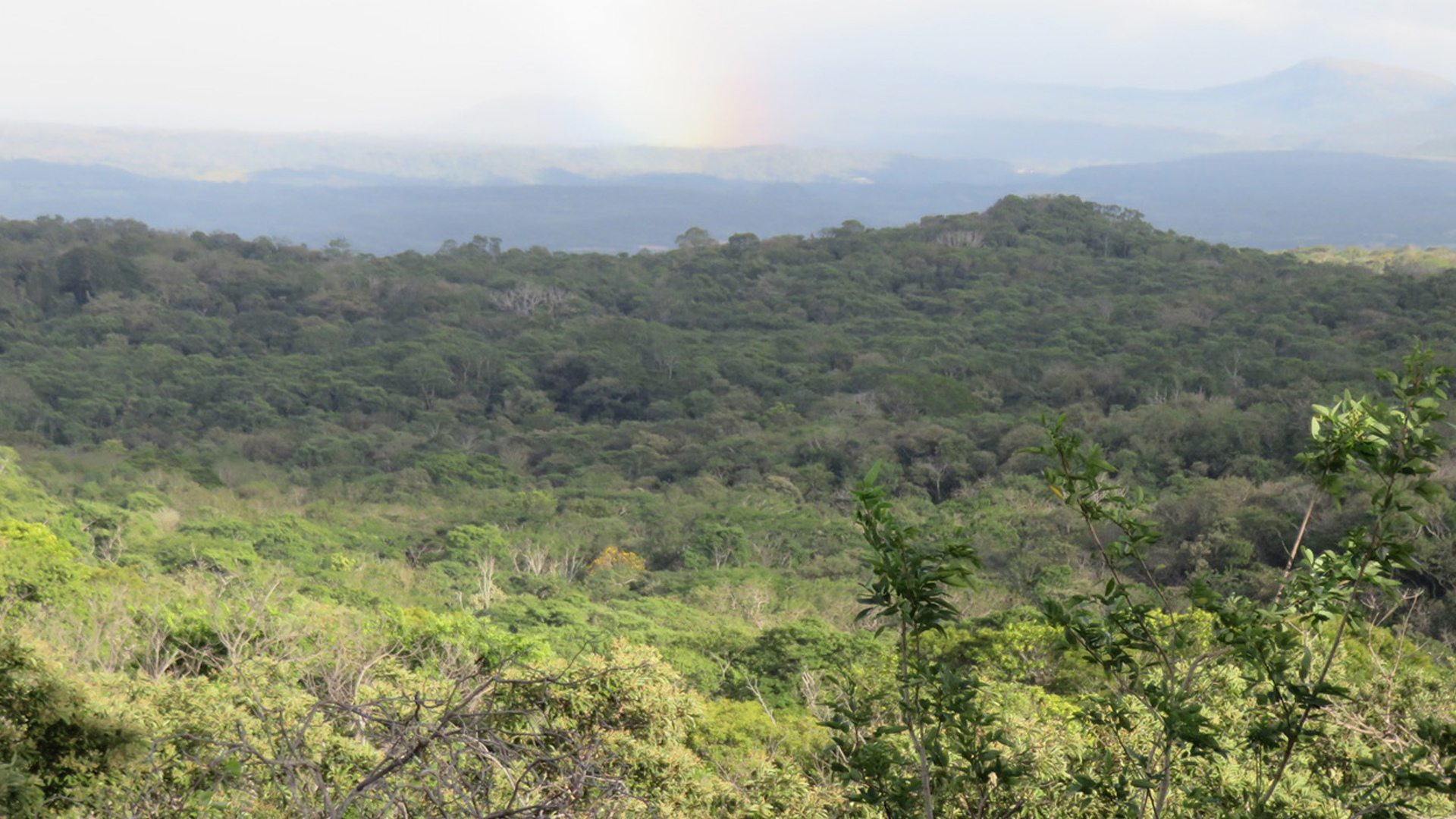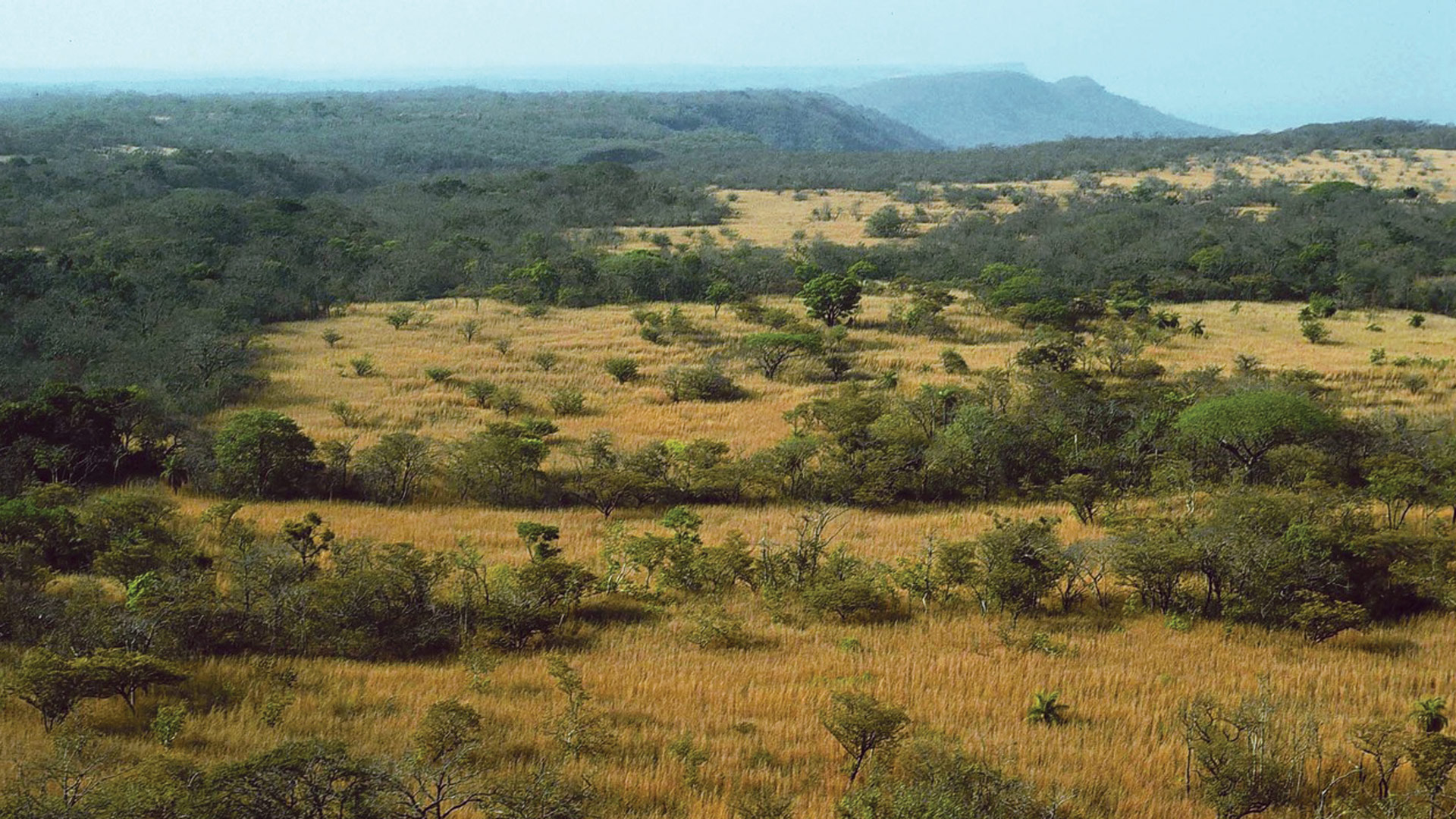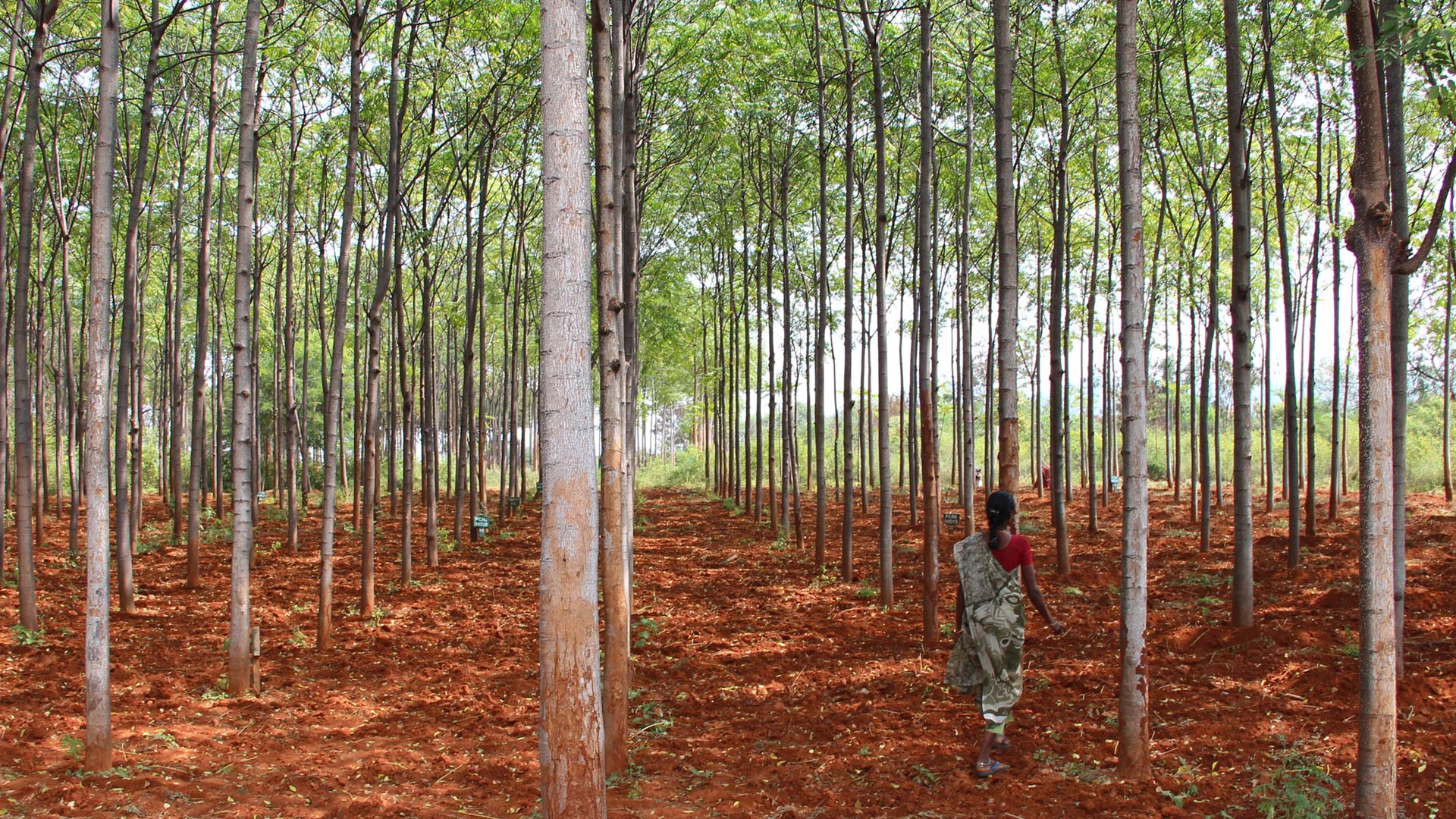Over the past decade, reforestation has become a worldwide movement. Think of it as the equivalent of the world’s largest (and longest) music festival, with live events taking place on stages all around the globe. Headlining acts include the Bonn Challenge, with its global goal to bring 350 million hectares of degraded and deforested landscapes into restoration by 2030; the Paris Agreement, created to combat climate change; and the New York Declaration on Forests, an international plan to halt global deforestation that has 200 endorsers including national governments, multi-national companies, groups representing indigenous communities, and non-government organizations.
Supporting acts might include regional restoration efforts like Initiative 20×20 in Latin America and AFR100 (the African Forest Landscape Restoration Initiative) in Africa. On the smaller side stages, you’ll find local and upcoming initiatives, where community roots are often strongest. Here you’ll find Taylor Guitars’ work via the Ebony Project in Cameroon, Paniolo Tonewoods in Hawaii, and our emerging efforts with urban trees in our home state of California. Meanwhile, there are countless others around the world also jamming away on festival side stages and even in the parking lot.
Taken together, the scale of forest restoration initiatives now either underway or under discussion is unprecedented. So, we thought it might be a good time to share a few thoughts on this increasingly hot topic. But first, it’s worth acknowledging that the Earth has several important terrestrial ecosystems, and not all are dominated by tree cover. These include open-canopy woodlands, peatlands, grasslands, chaparral, tundra and deserts. So, let’s just assume I’m talking about reforestation in areas where it is appropriate.
Forests & Agriculture
Although growing trees seems like a straightforward act, like many things, deciding what and where to grow isn’t so simple. For example, in taking care of a global population of 7.8 billion people and counting, with increasing escalations in the demand for food, fiber and fuel, arable land is at a premium. The word “arable” comes from the Latin word arabilis, meaning “able to be plowed.” It’s the flat land where it is most economically efficient to grow temporary crops or temporary meadows for mowing or for pasture. Competition for this land is one reason why, in temperate regions, you tend to see remaining native forests on hillsides or in ravines, where agricultural activity would be costly. It is also a reason why so much agricultural expansion is taking place across the tropics, where there are vast areas of flat land with few rocks and lots of sun. Over 70 percent of tropical forest loss is due to the conversion to large-scale agricultural production.
Over 70 percent of tropical forest loss is due to the conversion to large-scale agricultural production.
Meeting the world’s growing demand for food, fiber and fuel in an era of climate change helps explain why most of the largest tree-planting projects over the past several decades have prioritized the planting of a few profitable, often exotic, tree species. It might also help explain why you often see two seemingly contradictory statistics — that in some countries forest cover is increasing overall, while native forest is shrinking. There is no universally agreed-upon definition of a forest, let alone reforestation. Your opinion likely varies depending on whether you’re a palm oil company, forester, ecologist, social scientist, environmental activist or government official.
From an economic perspective, exotic species often enjoy years, even decades, of rapid growth due to the fact that they are separated from the natural predators of their native range. Growing trees sequester carbon, and wood is increasingly being seen as an environmentally friendly building material over steel and concrete. Growing more trees can also reduce the rate of deforestation of nearby native forests, as people may have less need to enter native forests for their timber or fuelwood needs. So having fast-growing, short-rotation trees makes sense, but we need to balance our portfolio. For our planet (and our metaphorical festival), in order to survive, we need to make informed and deliberate choices, and we need diversity to be resilient.
From an ecological perspective, growing native trees provides the best return on investment, as native species have evolved to compete and survive in a symbiotic relationship with surrounding flora and fauna. Further, native tree species tend to support more insects, an important food source for native birds, which in turn distribute seeds and help a wide variety of plants reproduce. Healthy insect populations also prey upon native plants, keeping their populations controlled. The importance of protecting and expanding native forest lands cannot be overemphasized, a fact that comes into clearer focus as we gain further insights into the ecological systems that support life on Earth.
The Climes They Are a-Changin’
Conversations about what to plant and where to plant are not new. Regardless of where you stand on the issue, climate change is changing everything, and it’s a driving force behind many internationally funded reforestation efforts, as policymakers mobilize funds and look for incentives to slow, reduce and eventually reverse greenhouse gas emissions. But climate change is also impacting the act of growing trees itself. To understand how, let’s look at Iceland, the volcanically active island in the North Atlantic region.
Although people might imagine Iceland with its characteristic sand and lava fields, mountains and glaciers, the island was, in fact, once heavily forested. With colonization some 1,000 years ago, land was cleared and livestock were introduced, exposing soil on the notoriously windswept island and creating conditions that kept the forest from coming back.
In an attempt to restore the forest, Icelanders began planting native species, but after a few decades, they realized the new forest was dying off. Conditions had changed — winters were milder, and summers were longer — and many of the native trees couldn’t survive.
Trees are gradually shifting latitudes or into higher elevations. Yes, over time, trees migrate too.
When the country incorporated several exotic species that were better adapted for current conditions, the forest began to take hold. The takeaway? In some places, climate change is outpacing the evolution of new traits in trees that help determine, for example, how much heat they need in the summer, how tolerant they are to drought, and when to start or stop growing seasonally. In regions all over the world, we’re seeing plants and animals abandon their historical territories and move to more suitable zones or perish altogether. Tropical fish are migrating north or south away from the equator to cooler waters. Trees, too, are gradually shifting latitudes or into higher elevations. Yes, over time, trees migrate too.
In another example of how climate change is changing the game, one closer to home for us at Taylor Guitars, the U.S. government is now advocating for the planting of “climate-ready trees” in California cities. These trees are suited to changing environmental conditions, such as the increased likelihood of drought. Many of the trees suggested are from places like Australia, India, Mexico or Brazil.
Get Growing
Climate change is an enormously complicated issue, and scientific research indicates the best thing we can do to mitigate its impact is reduce our consumption of fossil fuels. Growing trees is not a panacea, but it’s a great idea. So we simultaneously attempt to restore natural systems while caring for an ever-expanding global population — which sometimes can feel like having the Sex Pistols on one stage and the New York Philharmonic on another.
On March 1, 2019, the UN General Assembly officially adopted a resolution declaring 2021–2030 the UN Decade on Ecosystem Restoration, and in 2020 the World Economic Forum in Davos launched the Trillion Trees platform to support it. Through initiatives like TerraMatch, the match.com for trees, they are funding experienced local groups dedicated to doing reforestation the right way. And researchers are also getting better at seeing where trees are growing with the help of satellites, helping track progress toward those ambitious goals. Everywhere you turn, it seems that something is happening.
As we grapple with the challenges and intricacies of reforestation around the world, it is helpful to keep in mind that archaeological and ethnobotanical evidence shows humanity has survived and prospered by manipulating the environment and by moving plants and animals from one place to another. Now, it suits our needs to enhance, not diminish, the world around us. As the proverb says: “The best time to plant a tree was 20 years ago. The second-best time is now.”
With the right partners and resources in place, local knowledge, and the empowerment of affected communities, we can make our global restoration festival a never-ending event.




